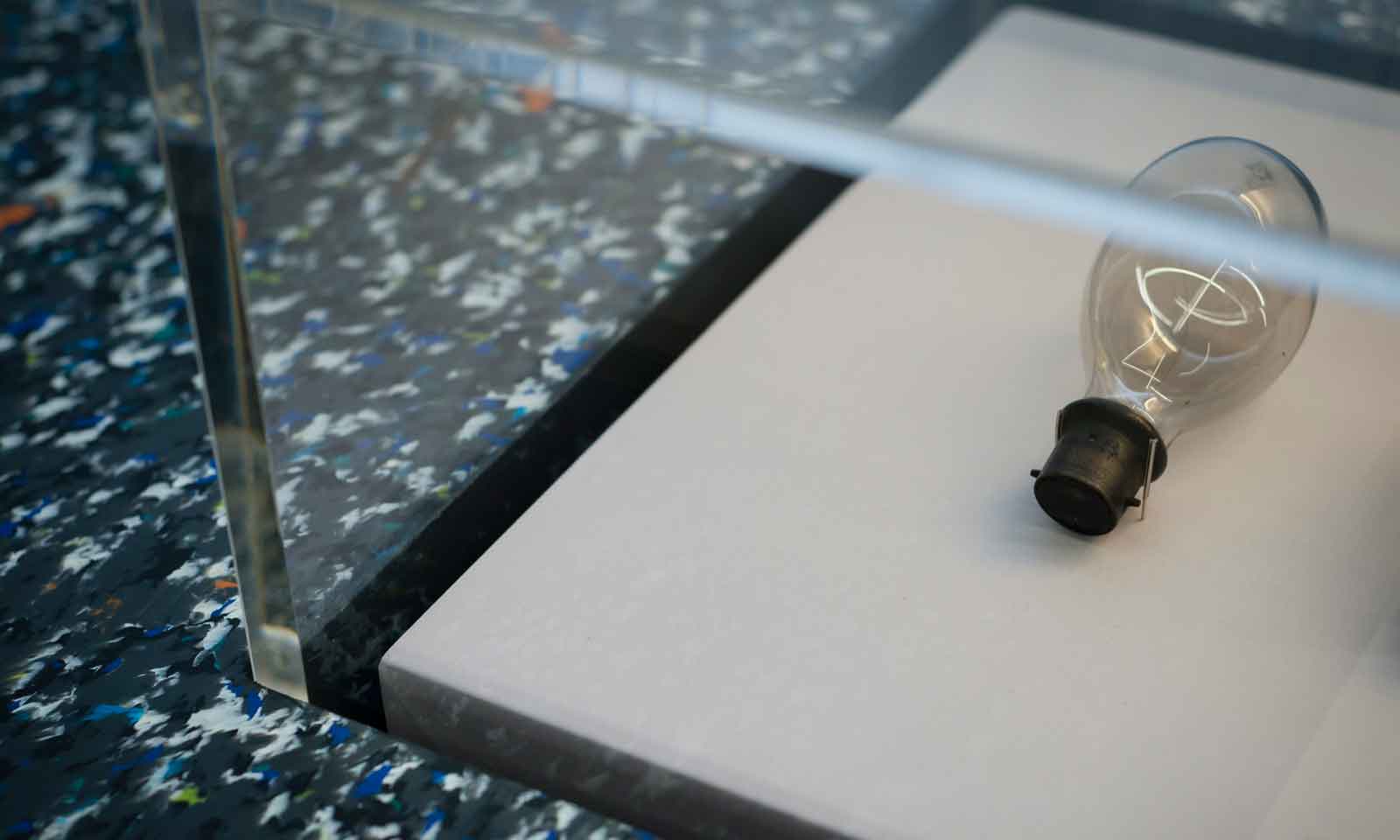
Trends in Architectural Materials
Monthly Column By Pippa Nissen
Which materials are being used in the most interesting ways right now?
As well as constantly searching for brand-new materials, we should also seek to test our creativity – as well as thinking about the environment – by considering new uses for existing materials too. As a studio, we’re particularly interested in sustainable materials that have a certain quality to them and are not too synthetic and perfect. A great example is Richlite paper composites, a wonderful alternative to MDF, which is still the staple of interior design, even though full of chemicals and dust. Richlite works instead very similarly to an incredibly dense hardwood and can be milled, sanded, routed and joined. It can also be printed onto and sealed. The surface has a natural variance, arising from the fibres in paper. It’s incredible durable and has been used over the last 70 years from everything from buildings to aerospace. Plus, it comes in natural colours, reflecting the processes that make it, which give a sense of a very controlled landscape.
Another material we’re particularly fond of at the moment is Valchromat, which has the quality of machined timber, but also comes in a range of through colours and has a texture to it. Again, it is a board that can be printed onto, and engineered in a very precise way. It has sustainable credentials too. Valchromat’s production is aimed at reducing, or even eliminating, environmental impact and all waste and bark resulting from the process are re-used to fuel the steam boiler.
We enjoy materials that celebrate their own particular quality and which are not too consistent and invisible. For example, recycled plastics that capture the original materials themselves and their colour and textures. Smile Plastics does a range of surfaces with swirls and islands of colour. Recycled plastics can be extraordinary, holding the memory of everything from old wellies to banknotes, evoking other eras.
A final current favourite, particularly for our exhibition design work, is pre-patinated metals, which can then etched, folded and used for text and interpretation. They’re very powerful, with a whole landscape within their look and feel, and are also very durable for external use. Companies such as Capisco based in London, that can paint a surface for you, are great and give another whole dimension to power-coated metal.
Some materials bring their own story and help us tell stories too. We love that narrative dimension.
Pippa Nissen, Director at Nissen Richards Studio
‘Electricity – The Spark of Life’ for the Wellcome Collection. Image by Jim Stephenson




